There’s no way I will be able to relay in words exactly what effect this 10-week-long experience of living and working in Amsterdam has had on my life. All I know is that the impact my time in this city has had on me feels monumental. It has become difficult to remember myself before coming here in both good ways and bad. I guess this kind of thing is to be expected when it comes to semi-longterm immersion in a foreign culture, and now that I think of it, this was the first such adventure that I have had the pleasure of taking.
What makes the experience of something new good or bad anyway? If the duration of the experience is extended past a few days or a week, it is to be expected that there will be both positive and negative components of it; and my time in Amsterdam was no exception. The first week or so in a foreign country is characterized by a curious elation… The feeling of unfamiliarity carries our minds and bodies into an exciting state of absorbing everything we can in a new place. As time goes on, we become used to the new place, and real life begins to set in again. This gradual grade back into a feeling of normal-ness is definitely the key differential between visiting a foreign country and living in it. I will admit that at times the weight of life seemed to spoil my experience in this insanely beautiful city, but I am ecstatic to know that I have truly grown from this view into what a purely different life would have been like to live. For this new insight, I am forever grateful. Well, lets dive in. I am going to start with some history, because the city’s past events are the best way to set the context for how it felt to get to know Amsterdam intimately.
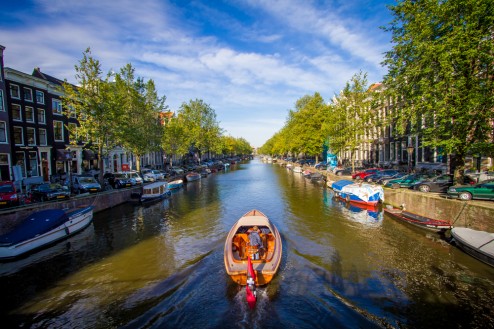
Some History
Before living in Amsterdam for this stint, I had only visited for about a week, and really didn’t know much about its place in history other than at some point they had developed a rational view on certain cultural taboos, and that dutch artists went hard with the oil paints hundreds of years ago. My extended stay (and particularly a visit to the Amsterdam Museum and their comprehensive Amsterdam DNA exhibit) allowed me to get more acquainted with the origins of this magical place. It all began in the 13th century when fishermen built a bridge across an inlet of the Amstel that also served as a dam. The dam protected the area from frequent flooding and allowed a community to grow, and also became the namesake of the city, as the literal name “Amsteldam” (Amestelledamme) developed into “Amsterdam”. The site of this original dam is now Dam Square, one of the major city centers in Amsterdam. As time went on, trade became an important factor in the growth of the town, as it was accessibly located on the Amstel and practiced free passage, allowing traders to operate freely and cheaply. Interest in the city grew steadily until the 15th century, when the “Golden Age” of Amsterdam occurred, and unprecedented expansion resulted. It began when the Dutch rebelled against imperial Spain resulting in the Eighty Years’ War. The Dutch eventually won their independence and Spanish religious intolerance gave way to a new era Dutch tolerance. Freedom of thought led people and their money to pour into Amsterdam causing rapid growth, and funding the development of a worldwide trading network. The city’s governing body is also notable due to its stark difference from the standard of the time, and the premonitive glimpse of today’s capitalist society it provided way ahead of its time. Amsterdam was governed by a large group of successful entrepreneurs (regents, read: rich white dudes) that practiced an open-door policy of tolerance and acceptance. Progress and commerce were the modus operandi of the city’s authority, and they recognized the benefit of a policy of acceptance. Entrepreneurs of all creeds found welcoming hands in Amsterdam, and the city flourished for years and years. By the 17th century, immigrants formed the majority in Amsterdam, and the city’s council consisted of people from all different backgrounds and creeds… A stark difference to the world-wide norm of the time.
 Rich, white, but at least open and tolerant, dudes.
Rich, white, but at least open and tolerant, dudes.
Reason and pragmatism have become crucial motifs inherent in Dutch culture and government over the years, and examples can still be seen today with their pioneering views and legislation in taboo areas such as Gay rights, controlled substances, and institutionalized prostitution. Rather than criminalizing unavoidable parts of the human experience, institutionalizing them allows the opportunity for regulation and increased safety. The rational themes that have been developed since the beginnings of the city are evident when interacting with Amsterdam’s residents on an everyday basis. In my experience they were welcoming, industrious – while simultaneously laid-back, and refreshingly rational. I found myself envious of their cultural and political zeitgeist in comparison with my homeland’s, which seems incapable of considering any kind of reason when making decisions that affect millions of peoples lives… But I digress. It is time to explore my own experience in the city at its present.
A bird’s eye view | Amsterdam’s Soul
Amsterdam is one of those cities that has an extremely tangible mood/tone that one picks up on immediately when in its premises. I suppose there are a number of things that lend themselves to that feeling so I want to try to touch on a few of them that stuck out to me.
The People
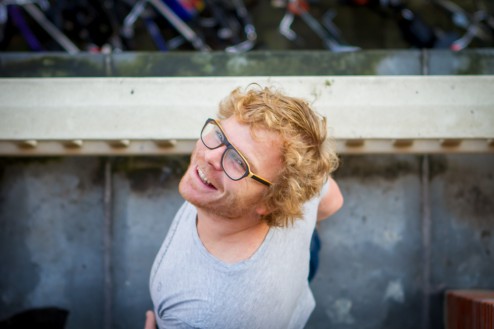
I touched briefly on my perception of Amsterdam’s residents earlier, but wanted to expand on my experience living and working with them. Overall, my interactions with the Dutch were extremely positive. I found them overwhelmingly friendly, and someone was always willing to help even an obvious tourist like me get oriented in their city. I found living in Amsterdam to be an easy transition into foreign immersion largely due to the nature of its citizens. For one, everyone speaks english… I did not encounter a single person who was not willing to converse with me in English; which is fortunate, because Dutch is definitely a doozie of a language to try to pick up. Additionally, there doesn’t seem to be a negative stigma associated with being an American when traveling in Amsterdam. Immigration has been a norm for the city for centuries, and the openness of the past has definitely carried over into present times. My only warning is to be wary of bike lanes and not to wander into them in front of on-coming traffic. That seems to be the only situation when a local will curse a tourist’s presence 🙂
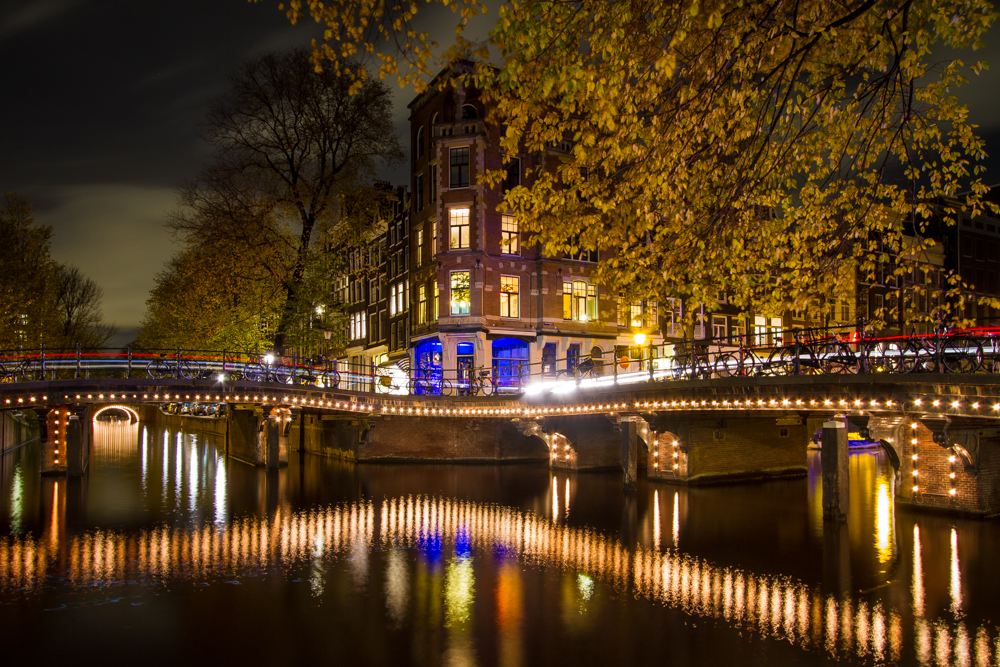
The Visual Environment
The visual appearance of Amsterdam is truly distinctive and immediately enchanting to visitors. Gorgeous canals systems spiral outwards from the city center, coming alive with boat traffic of all kinds, and lined with leaning Dutch row houses towering above storybook houseboats. The 4 main canal rings that hug the Centrum were commissioned by the leading class during the golden age as a way to expedite the rapid expansion of the times, as a defense mechanism, and for the purpose of water management. In addition to the practical utility they have served for hundreds of years, they are romantically beautiful and one may find themself pondering the fleeting nuances of life while studying dancing apparitions in their glassy reflections. The canals of Amsterdam are an unmistakable facet of the city’s soul and indubitably a great asset in multiple ways. The row houses seem to be architectural caricatures of the Dutch themselves. Tall and skinny, these quirky residences and businesses lean endearingly against one another and over meandering alleys and canals. As with anything in Amsterdam, there is a practical reason for their gangly appearance. During the expansion of the city, plots of land were delineated in skinny and deep sections; this strategy allowed the most possible residents access to the canals. Impeccable city planning is evident in around every corner in Amsterdam. From the insanely organized transportation infrastructure to the beautiful parks (Vondelpark being the most grand), I was in constant awe of the thought that was put into… well, everything. My favorite example of this was the multitude of playgrounds that peppered the cities various neighborhoods. Gently placed along pedestrian thoroughfares or tucked-away squares, each one is different from the next, and featured the most creative play structures I had ever encountered. I wish I had some photos of them to share, but you may just have to go see for yourself! In addition to the officially ordained features of the city, there is a thriving street art scene that adds another layer of intrigue to Amsterdam’s soul. Everything considered, this is one of the most expressive and inspirational visual environments I’ve had the pleasure of visiting!
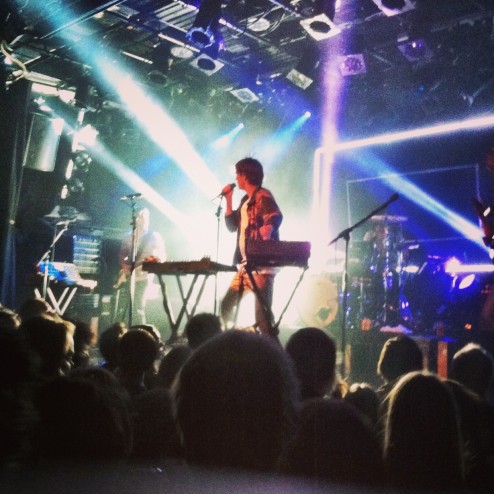
Nightlife
It is probably needless to say that Amsterdam has a vibrant party scene. The countless cafes that primarily sell coffee during the day transform into booze slinging havens as the sun sets. Coffeeshops are open until 1am usually, expelling hordes of stumbling, reeking tourists into the streets to find the next haunt. The live and electronic music scene in Amsterdam is absolutely top-notch. I was lucky enough to experience a couple of Amsterdam Dance Event shows near the onset of my trip, and those nights were absolutely unforgettable. ADE happens late October and early November so if you visit at this time of year, be sure to attend one or two of the parties. There is really something for everyone in this city… from Belgian beer bars to glitzy nightclubs to amazing live music venues; if you can’t find something fun to do here, check your pulse, you’re probably a corpse.
The Stereotypes
“Some tourists think Amsterdam is a city of sin, but in truth it is a city of freedom. And in freedom, most people find sin.”
— John Green, The Fault in Our Stars
I feel that an examination of Amsterdam’s soul would be tragically incomplete without addressing some of the widely circulated stereotypes that are unavoidably intwined in its outside perception. Having gotten to know the city somewhat closely, it was interesting to gain a new perspective on the things that the world at large associates it with.
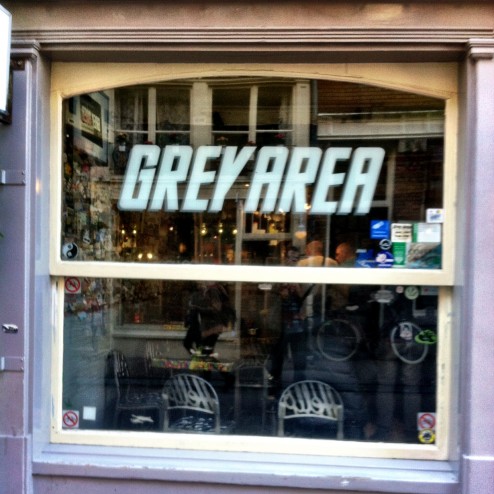
Coffeeshop Culture
Although I did not personally participate in this aspect of Amsterdam’s culture, I feel it is worth a mention as it is probably the core of the reason most tourists make the pilgrimage to this forward-thinking European mecca. For one, I feel extremely sorry for any visitor who comes all the way to this city and makes cannabis the central M.O. of their trip… There are simply too many redeeming characteristics of Amsterdam to become fixated on its progressive policy on controlled substances. Having said that, I appreciate and support this quirky facet of the city 100%. I long for the time where my own home country will adopt more rational policies for dealing with this part of the human condition. I would go as far to say that every second we do not move toward this change is another step toward absurdity, as prohibitionary legislation never works and puts a great deal of power into criminals hands. The United States government is indirectly responsible for countless deaths due to current and past criminal enterprise that has been created in response to our policies and the insatiable demand our citizens have for controlled substances. The Dutch say, “it is easy to identify a tourist, just look for a joint in their hand”, but I just hope they appreciate that their governing body doesn’t waste their hard-earned tax dollars trying to control what its citizens indulge in behind closed doors. Anyway, that was a bit of a rant, and I met plenty of locals who indulged in the Dutch Flowers. If you are visiting Amsterdam and want to get acquainted with this part of the city’s culture, just watch out for the tourist traps. Do some research and read some reviews rather than just walking into a random shop. If you wish to avoid this part of Amsterdam, and just want some gosh-dern coffee, do not enter storefronts advertised as “Coffeeshops” and seek cafe’s and Koffiehuises instead.
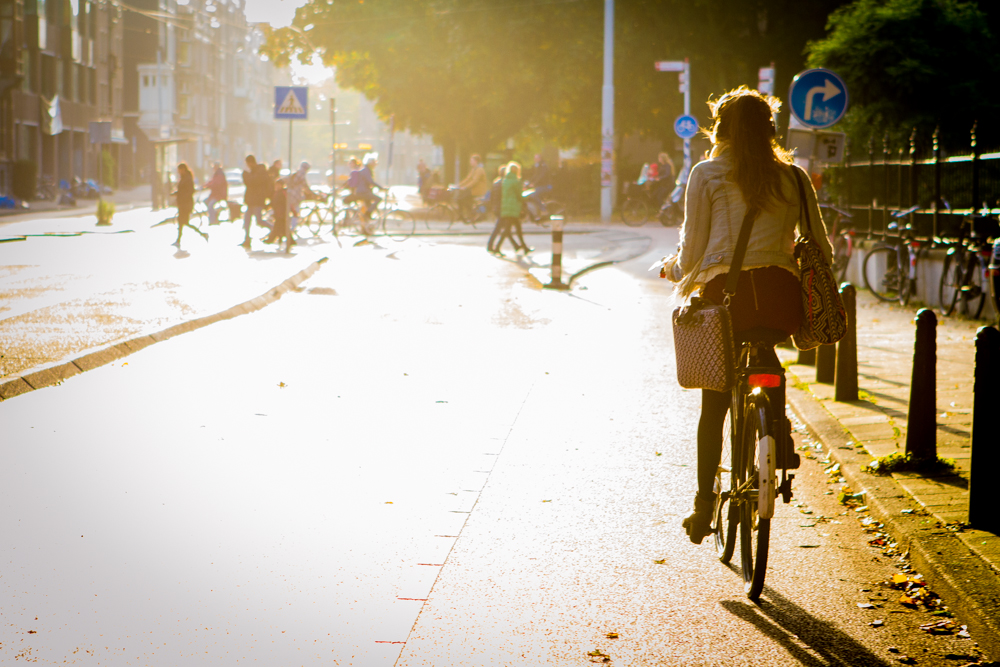
Cycling
At last count there were over 1,000,000 bikes in the Amsterdam metropolitan area, and only around 700,000 people. Yes, bikes are as synonymous with the Amsterdam experience as canals and raw herring, and I highly suggest trying to get a hold of one no matter the duration of your trip may. Some of my most cherished memories of Amsterdam are just cruising through city cuts and over canals, simply appreciating the sublime beauty of the place I was in. The city’s cycling infrastructure as absolutely mind-blowing. Most bike lanes are protected with a wide curb, and it is perceived as so safe that absolutely no-one wears a helmet. I’m talking – didn’t see a single helmet the entire time I was there. Although I cannot say I endorse this absolute no-helmet policy, it is just a testament to the place cycling has in every-day Dutch life. Cycling is not sensationalized in any way like it is in the United States, it is simply a way to get from A to B. I don’t think a single Amsterdam resident gets to pedaling simply for the sake of pleasure, but I sure hope they enjoy the ride from A to B as much as I did. The dutch learn to navigate the bike lanes from a very young age, and from there it just fades into another rarely-pondered truth of everyday life. Different strokes.
Tulips
I was in Amsterdam during the fall and winter so I didn’t get to enjoy the vibrant tulip fields of Holland (although there were plenty of flower markets still operating). That being said, I highly suggest that visitors during the correct times of year seek scenes like this one.
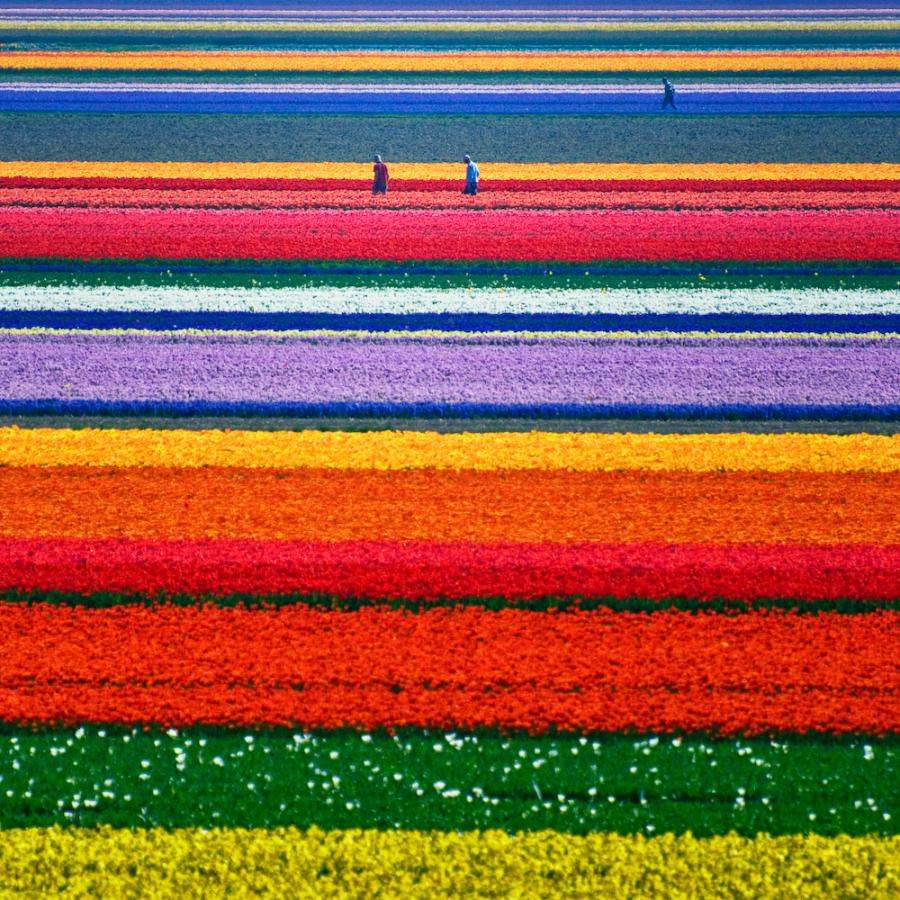
The Red Light District
Ah, the oldest known occupation in human history. Yes it is legal to patronize sexual acts in Amsterdam, and although I would never do so myself, I guess I am happy that those who want to can do that legally and safely. I only spent a total of about 5 minutes riding my bike through the Red Light on this particular trip, but on an earlier visit I had the opportunity to drink a couple of beers in a second floor cafe in the Red Light district with a good view of the happenings outside. Needless to say, that was highly entertaining people watching, and I suggest a similar activity to anyone who just wants a glimpse of this Amsterdam oddity. I also took a Red Light district tour led by a former prostitute on this previous visit which was very enlightening and definitely worth doing. When asked about how these women do financially, she recounted that a friend of hers recently bought a private island… So I guess some end up doing pretty well. Also try to spot an elusive blue light window… Those girls used to be guys.
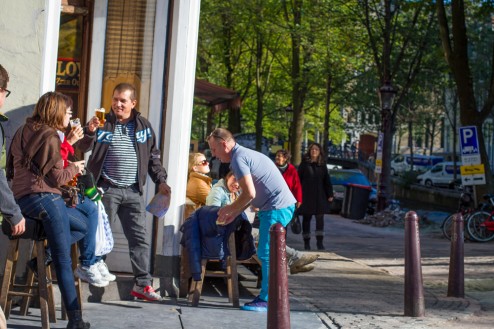
Work and Life in Amsterdam
I feel truly blessed to have been able to experience what it is like to live and work in a European city; and one as great as Amsterdam at that. As I mentioned near the beginning of this increasingly long-winded post, my life in Amsterdam was not exempt from any of the trials and tribulations that are inherent in life anywhere else. Living abroad was not always the fantastical movie-like montage of new experiences and elation that is subconsciously expected in the time leading up to an adventure like this. I would be outright lying if I said that this trip wasn’t extremely difficult at some points, and I think that the hard times were a combination of work-related stress, and living a life completely devoid of anything familiar to hold on to. In retrospect, I appreciate every moment of stress that I experienced on this trip… the old saying, “No pain, no gain” is ringing true for me.
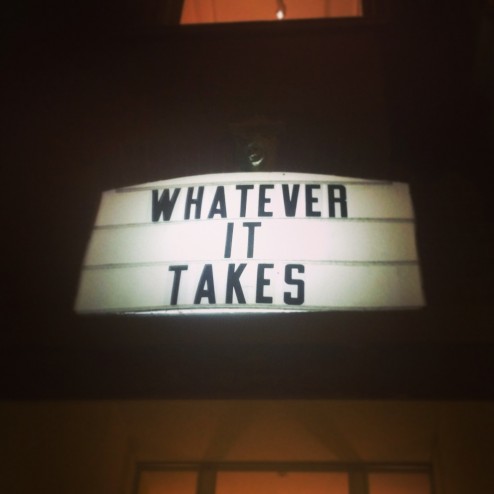
Work
My time in Amsterdam was made possible through a work-exchange that is a part of my Miami Ad School program. For 10 weeks I was an Art Direction intern at Beyen Meyer, a long-standing and well-respected agency in Amsterdam. In addition to our responsibilities with the agency, we had 3 night classes taught by other industry professionals living and working in the city. If you cannot tell already, this combination of agency work and classwork resulted in an overflowing plate of encumbrances and multiple page to-do lists. I am not one who likes to complain about too much work, but there is definitely a reason that Miami Ad School is eliminating one of the night classes to make this particular program a bit more manageable. In all honesty, an over-quantity of work will definitely affect the quality of the work being produced, and good work is the only thing that will be valuable to us students as we move on in this industry. Let’s just say I am definitely glad that they are making this adjustment for the sake of students coming to Amsterdam in subsequent quarters.
Between the classes and agency work, my colleagues and I had the opportunity to work on an unbelievable diverse range of briefs and clients. From feminine hygienic products, to upscale mens’ footwear, to charities to margarine (and much, much more); we covered a great deal of ground in just 10 weeks, and I am thankful for the wealth of experience I gained from the work. All of the projects we worked on for the agency were for real clients, and much of the classwork was also live for briefs that our instructors were working on. Real-life experience is great, but as I learned about half-way through the quarter, this kind of work is just not ideal for student books. One of the classes was taught by two creatives at Sid Lee; a great agency that works its creatives harder than any I’ve ever come across. These fellas kind of turned my world upside down as far as educating me on what kind of work is useful to show potential employers as a junior AD. Rather than seeing real, produced work (which was instinctually what I thought would be attractive to employers), Creative Directors want to see interesting, lateral, coercive and emotive thought exemplified in student books. These kinds of portfolio projects and campaigns are rarely the kind of thing that would be produced in the real world; as in advertising, most of what gets finalized is a watered-down, revised version of the original idea. Long story short, near the end of this experience I had a revelation that most of the work in my advertising portfolio was pretty much obsolete and useless. Where my design-based projects and produced client work once lived, I now realized I needed to come up with much different kinds of work in order to be attractive to agencies.
This change in paradigm was a bit difficult to swallow at first. I had been busting my ass for weeks producing all kinds of things only to realize that none of it really set me apart from other AD’s, or really exemplified myself or my personal style. I began to get caught up in negative thought cycles related to self-worth in this industry, and for a while I was very unmotivated when it came to advertising. Eventually, as with everything, I pulled myself out of the hole and began to set in motion some personal projects that I believe will be great and relevant additions for my book. A portfolio overhaul is a big mountain to climb, but you have to take that first step eventually. I am now in the process of making my advertising book better and am confident the quality of the work will be competitive. Although I wish I had known what I do now at the beginning of the quarter, I am glad that I learned what I did eventually, even if it took a great deal of sweat and tears.
Unfortunately, my focus on a deep well of schoolwork and personal transcendence left very little time for personal projects, which are really the kind of thing I enjoy talking about on this blog rather than ad work. However, despite all of these real-life distractions, I was able to complete a tiny bit of freelance and personal projects, as well as get into some mischief, which is definitely my favorite way to spend leisure time 🙂
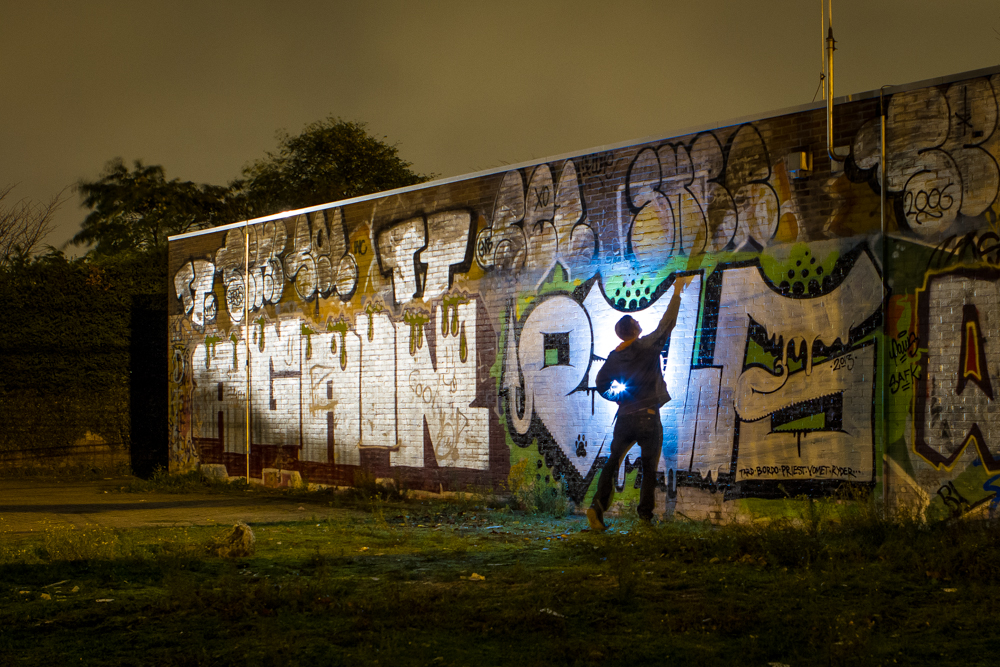
Life
Life in Amsterdam was, for the most part, incredible. I found myself constantly expressing that I would live in that city in a split-second, if only I could transport all of my loved-ones from the states. This city truly checked all of my boxes… Actually, in very similar ways New Orleans did. Amsterdam is known as the “Venice of the North” for reasons I cannot comment on, as I have never stepped foot in Venice. I imagine, however, that this quip is just a surface-value comparison of the waterways in each city, and less a commentary on the soul and tone of the cities. In my experience, Amsterdam is much more accurately described as the New Orleans of Europe (or rather New Orleans is the Amsterdam of North America). I was delighted by a number of similarities that eased my transition into this new place. For one, they are similar sizes… Very manageable by bike, and easy enough to traverse in a relatively small amount of time. Even the shapes are similar! Amsterdam is shaped like a crescent just like New Orleans. This fact was instrumental to me figuring out how to navigate in this the grid-less urban space. Many people have trouble with this non-conventional city sprawl when visiting either city, but once one gets used to the shape, it is actually fairly simple. More than anything, however, I found these two cities to share tangible kindred souls. There is no doubt that New Orleans is the quirkiest, most “different” city in the United States, and I can fairly safely ay that Amsterdam holds a similar standing in Europe (although I may not have explored the continent enough to securely make this claim). All in all, however, the tone of these cities feels very similar; they are both progressive, welcoming and endearingly quirky.
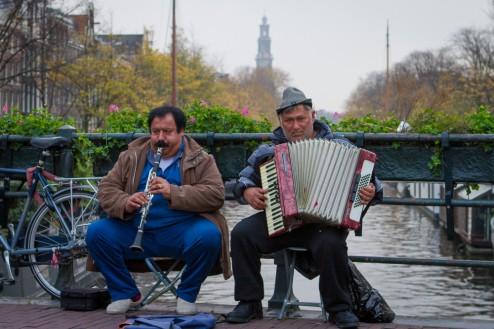
Another thing I appreciated about Amsterdam was the ease and quality of life one can find there. As I have alluded to countless times already, getting around in this city is painfully simple. The transit is far reaching and more punctual than that of any other city I have visited. Add a bike to the equation and you have truly unlocked this place. There are multiple major grocery chains distributed evenly throughout the city so getting food was really easy. I lived a block away from Albert Heijn (A-Heijn as I affectionately dubbed it) so I was pretty lucky to be able to walk to my local grocery store. This proximity to a supermarket is definitely a benefit that I will be considering when looking for housing anywhere from now on. My place was located on Jan Van Galenstraat near the Van Galenbuurt neighborhood. It is a 5 minute bike ride from the main canal rings, near Erasmuspark. I found this location to be ideal! It was active during the day but nice and quiet at night, and I very much enjoyed running around Erasmuspark when the weather allowed. There were multiple transit and bus stops within a block of my front door, so access to the rest of the city was easy and quick. The only complaint I have as far as quality of life is the cost. As with many other european cities, living here is not cheap, and that is mostly due to the horrible exchange rate of the US dollar to the Euro. Living in Amsterdam is easy and fun, but it will break the bank unless you have good capital coming in.
I have to comment on how fortunate I feel to have met a wonderful collection of people during my time in Amsterdam. For one, my group of colleagues at the agency quickly became close friends that I know I will keep in touch with for a long time. I am honored to have worked alongside such smart creatives, and truly learned a great deal through working with them on our agency and class projects. I was also fortunate enough to meet a good deal of local heads as well. My good artist friend Priest introduced me to the creator of CFYE magazine, an Amsterdam local. He ended up being a great guy, and through him I was able to meet a ton of people in the Holland art scene. I am truly thankful to have been able to spend my time in Amsterdam with amazing co-workers, and also to have gottena glimpse into the life of a local through some great new Dutch friends.

Many of the personal projects I completed were related to certain truths about life that become apparent to me in my travels. These adventure related nuances played a large role in my life in Amsterdam. For example, one fact that is highly circulated, but doesn’t become personally relevant until an extended stay in a foreign land, is that travel tends to reveal one’s true nature to themselves. When traveling, you expect to learn more about the world, but end up learning just as much about yourself. I was definitely not exempt from this fact, and my time in Amsterdam triggered a true up close and personal examination of myself that became difficult at times. Devoid of anything familiar I was alone in navigating life in this new city, and disappointed myself in certain aspects of life, mostly work related. The silver lining of this self-examination is that I discovered plenty of room for improvement, and can take the things I learned abroad to improve myself and my life while back at home in my element.
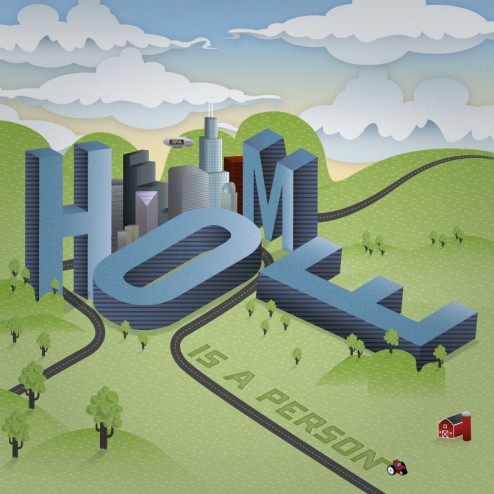
An additional life truth that my time in Amsterdam helped hammer into my skull is related to the notion and meaning of “home”. For so long I had associated the word “home” with a geographical location. Usually it felt like home was Chicago, where I was born, or New Orleans, where I became an adult. During my time in Holland, I realized that the true core of that feeling of “home” in either place was the people I spent my life with in these cities. I know now that geographical location has almost nothing to do with that feeling of home that I always seek. Sure there are those nostalgic landmarks; little places in whatever city that the ghosts of my memories cling to, like the last nerve endings clinging on to a baby-tooth that has stayed too long… My elementary school, the Burrito joint I would frequent every friday, my walking route to high-school, etcetera. Even still, the only reason these places have value to me is because I spent time with people that are important to me in them. Geography means nothing without the souls of my loved ones, and place has very little to do with the feeling of home when it gets down to brass tacks. Home is a person (or people), and I have never been more sure of anything in my life.
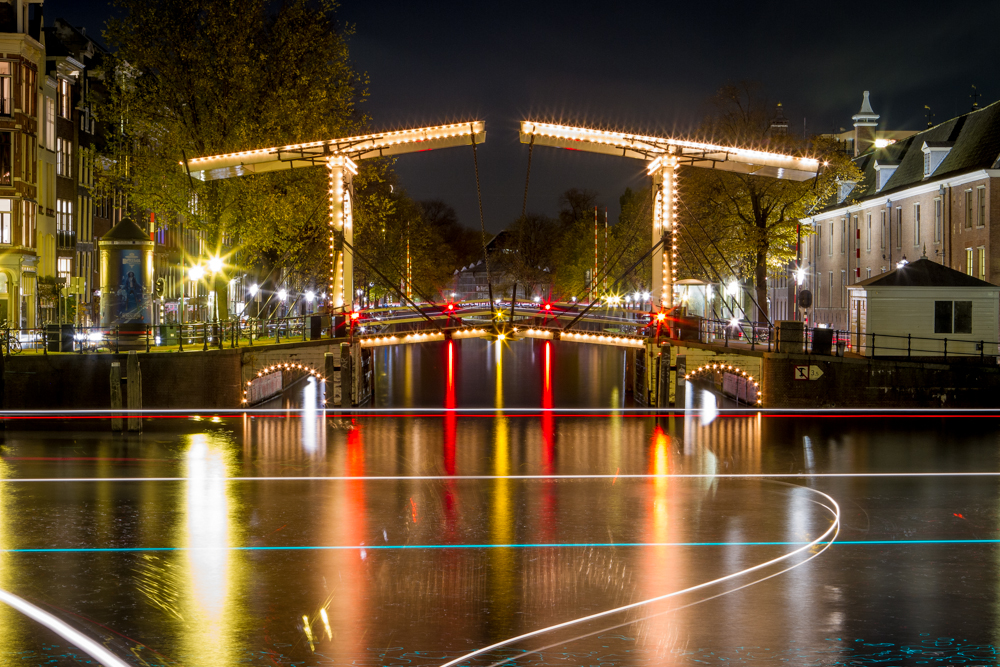
Okay, I think those are enough “reflections in canals” for now. My time in Amsterdam has transformed me beyond any recognition of the person I was before this experience. Despite being difficult at times, I wouldn’t trade these past 10-weeks for the world. I have learned so much, and am quite ecstatic looking back on my time there in hindsight. I have gathered a list of some of my favorite activities in Amsterdam for anyone who may be visiting this wonderful city soon.
Must Do’s
There is no way I could have possibly conveyed all of the great things to do in Amsterdam in this section, but this should be a decent start. I think my favorite thing to do in the city was literally just to walk around and peak my head in the countless archetypal corner cafes and storefronts. The scenery of this city will have you constantly pinching yourself and questioning whether or not you have been dreaming, or if an urban centre like this could actually exist in this day in age. I am constantly thanking some higher power that the latter option is the truth, and that this place welcomes any and all visitors to explore and wonder at its hypnogogic environs. If you haven’t been before, I highly suggest moving Amsterdam to the top of your travel bucket-list.
As always, you can find a gallery of my photos from this 3-month long adventure below. Also mixed in there are some photos from mine and Addie’s 4-day visit to Paris, which was also incredible. I won’t even try to describe the beauty of that city here, as we really did not have enough time to truly understand it. Needless to say, we will be back! As I finish this post I am sitting at Addie’s parents house in Atlanta having just wrapped up a wonderful holiday season. In a few days I start work at Havas Worldwide for my next quarter of Miami Ad School back at home in Chicago. I am feeling open and positive for another great few months and the experiences they will bring. Happy New Year to everyone reading, and may 2014 bring the best of life to you all!
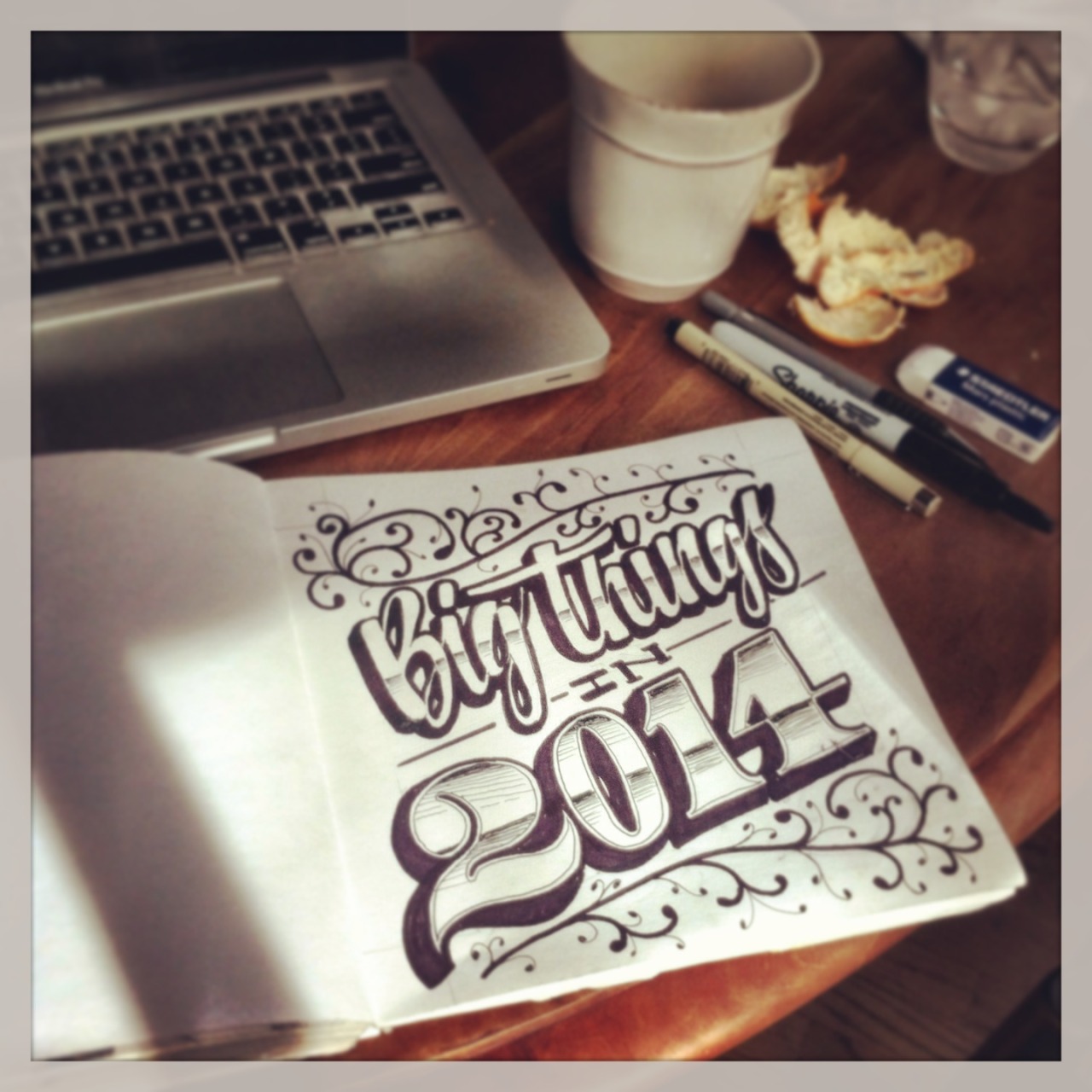

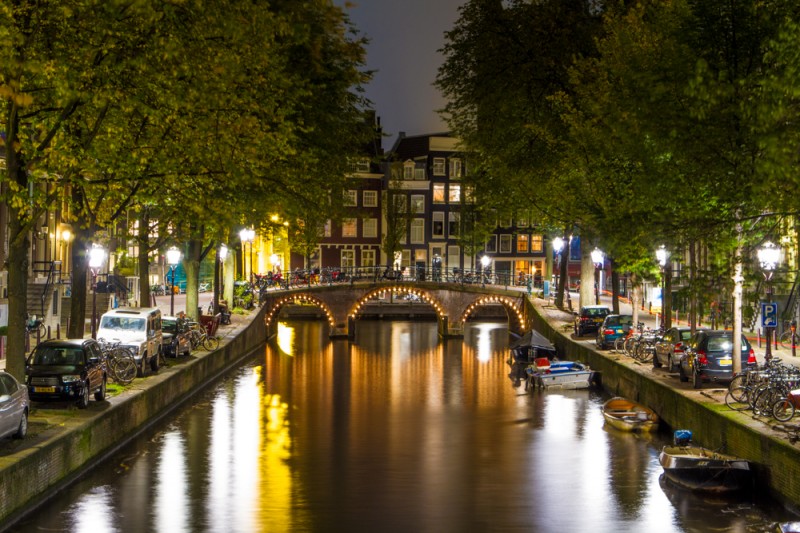
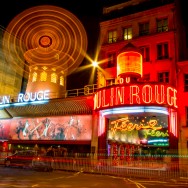

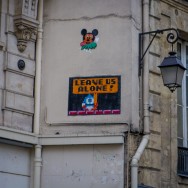
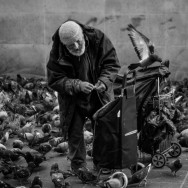
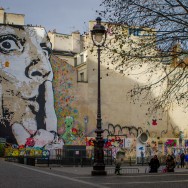
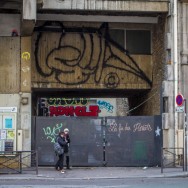
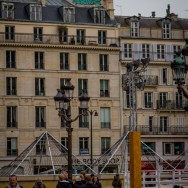
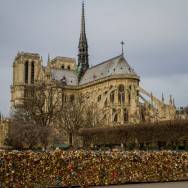



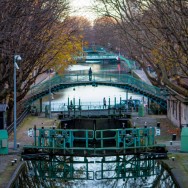
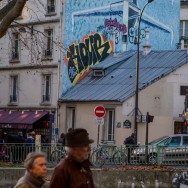
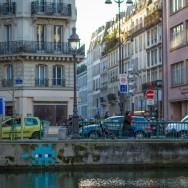
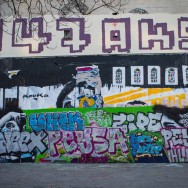
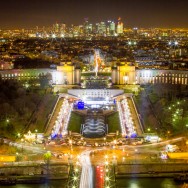
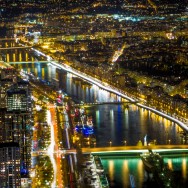
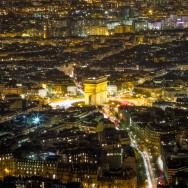
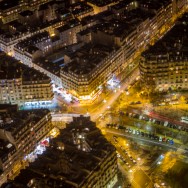
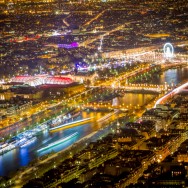

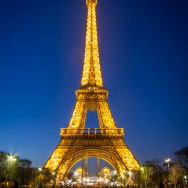
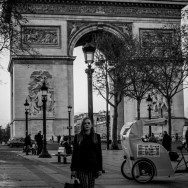
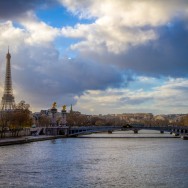
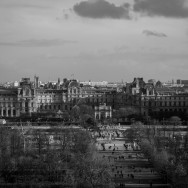

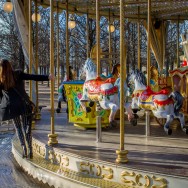


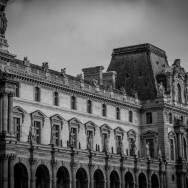
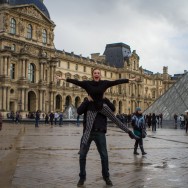
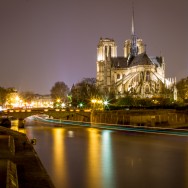

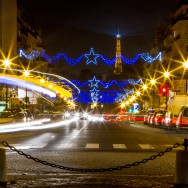

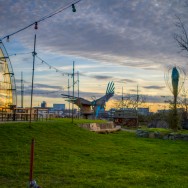

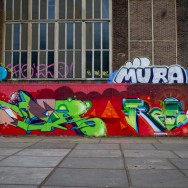
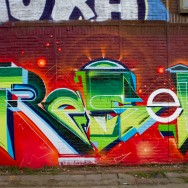




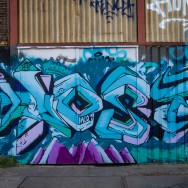

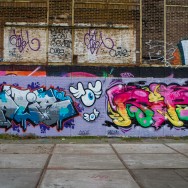





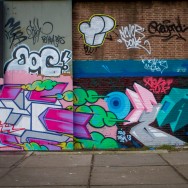


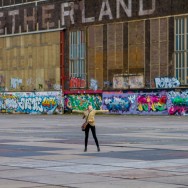

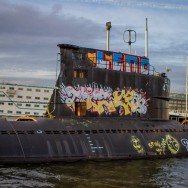
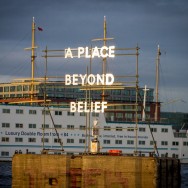
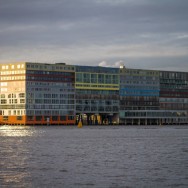
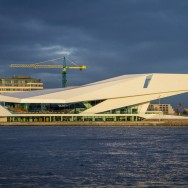
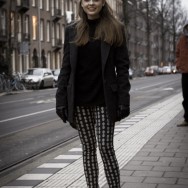
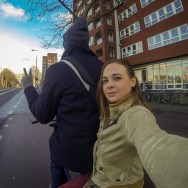
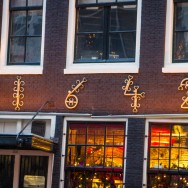
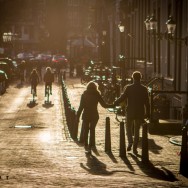
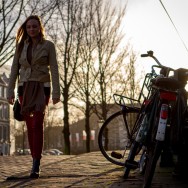
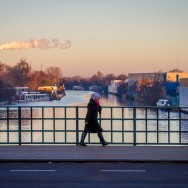
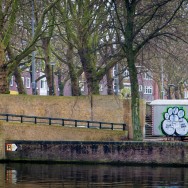
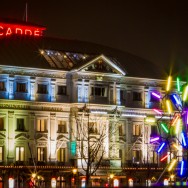
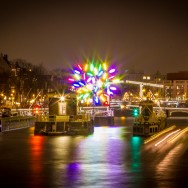
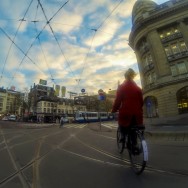
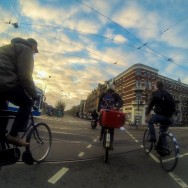
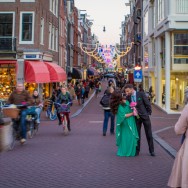
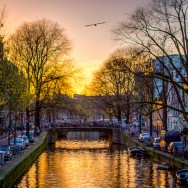
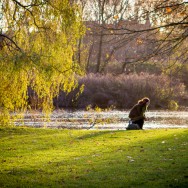
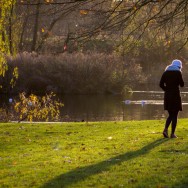
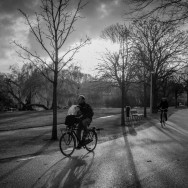
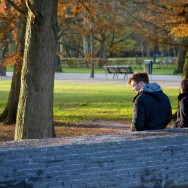
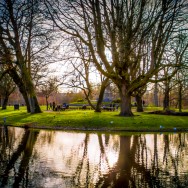
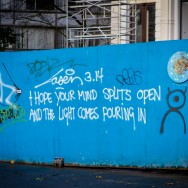
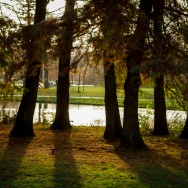
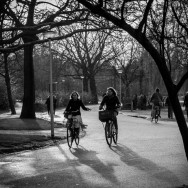
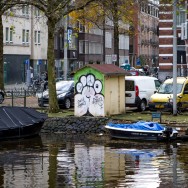

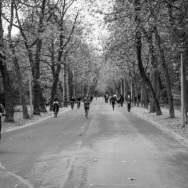
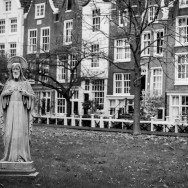
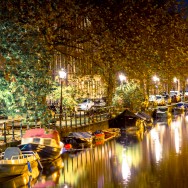
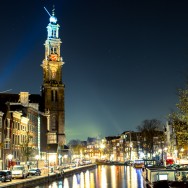
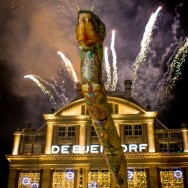
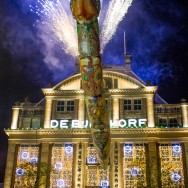

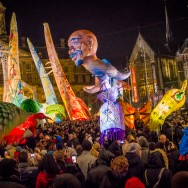
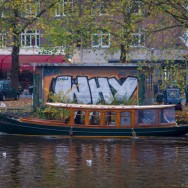
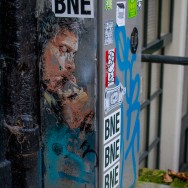
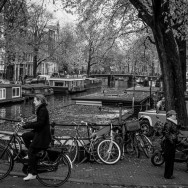
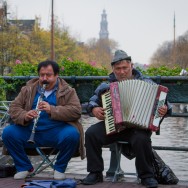
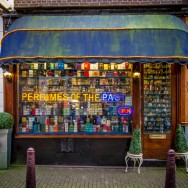
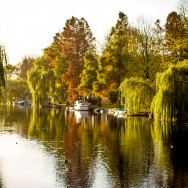
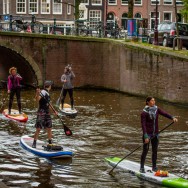
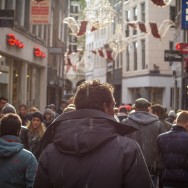
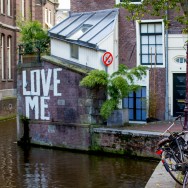
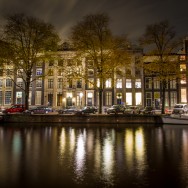
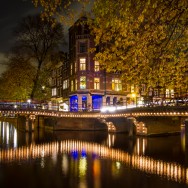
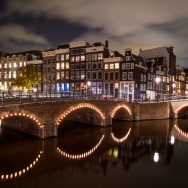
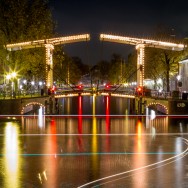
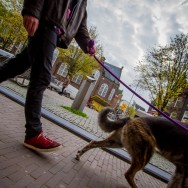
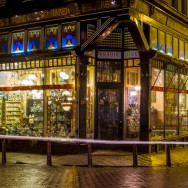
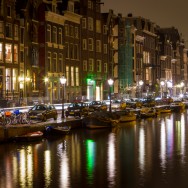
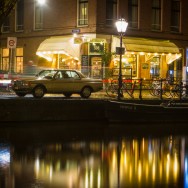
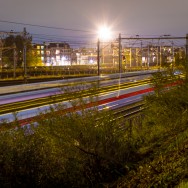
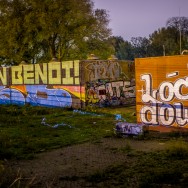
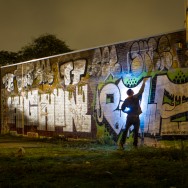
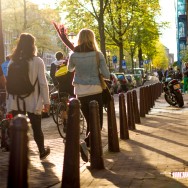
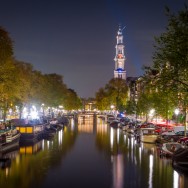
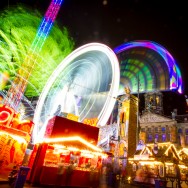
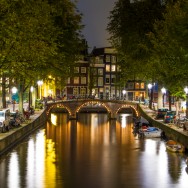
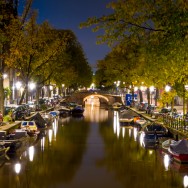
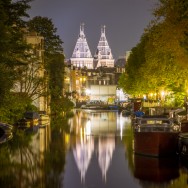

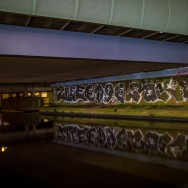
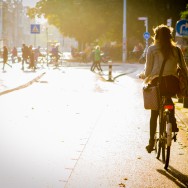
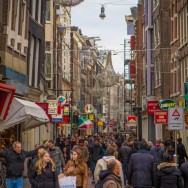
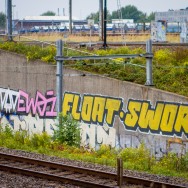
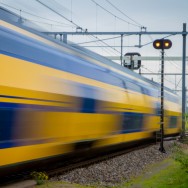
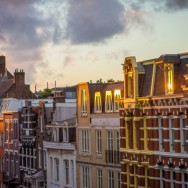
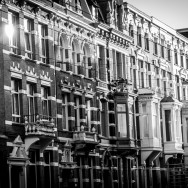

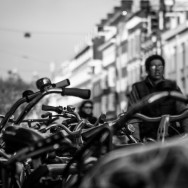
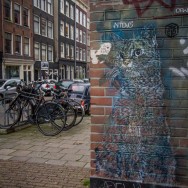
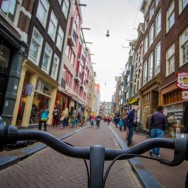
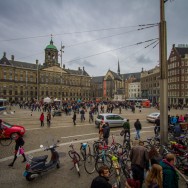
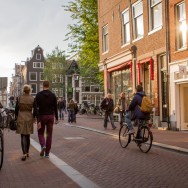
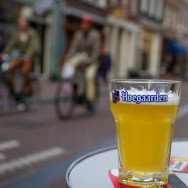
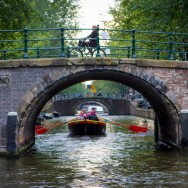
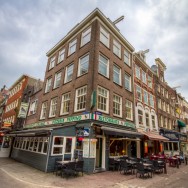
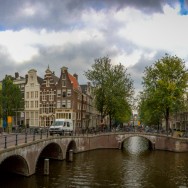
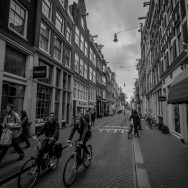
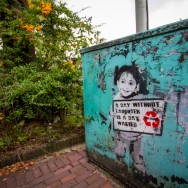
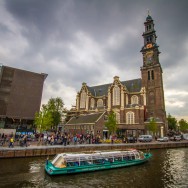
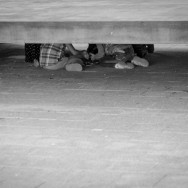
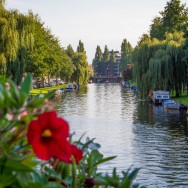
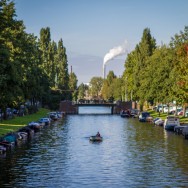
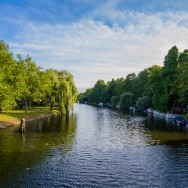
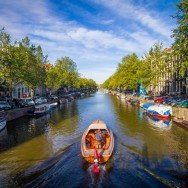
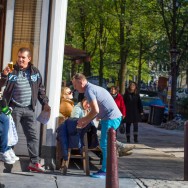
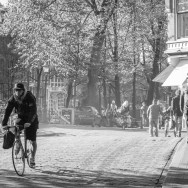
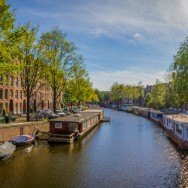
such a writer. quit art school. write, photo, and diagram travel books. pack me in your suitcase